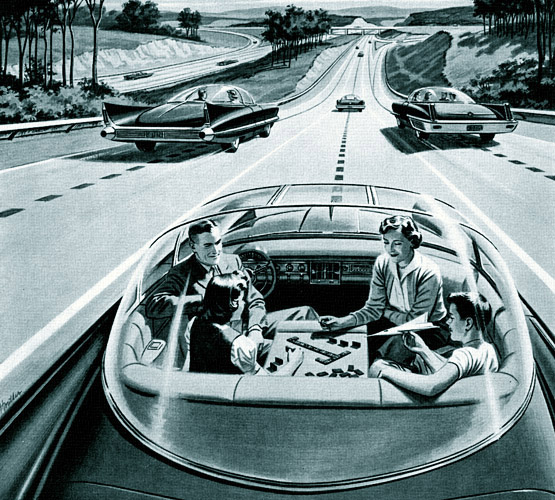Two brief excerpts follow from Ashley Halsey III’s Washington Post article about a Carnegie Mellon driverless car being road tested in our nation’s capital, which highlight the challenges of making the vehicles completely autonomous.
__________________________
The computers running the car, for example, can see the police officer bustling into the middle of Constitution Avenue at First Street NW. But they can’t figure out why he is doing it — and neither can the people riding in the car. It turns out the officer wants to wave off a driver in another car who was making an improper turn.
Could the car have handled it without [passenger Jarrod] Snider’s help?
“Yeah, it started to slow down before I took over,” Snider says, “and as he stepped out of [our] lane and walked across the street, the car would have continued to go. The car obviously doesn’t understand gestures like ‘Stop here.’ ”
__________________________
The rest of the computers’ communication — currently and what’s planned in the future — come in chimes, beeps and vibrations. If the person in the driver’s seat touches the wheel or either of the floor pedals, much as with cruise control, the computer relinquishes control. If the computer needs the driver to take over, the steering wheel and passenger seat may vibrate.
“Sometimes, if it becomes not confident about something, it can tell you to take over, and if everything’s okay, it can tell you it’s ready to drive autonomous,” says Snider, lead engineer on the project at Carnegie Mellon. “It’s just providing some feedback to the driver.”
Tags: Ashley Halsey III, Jarrod Snider

